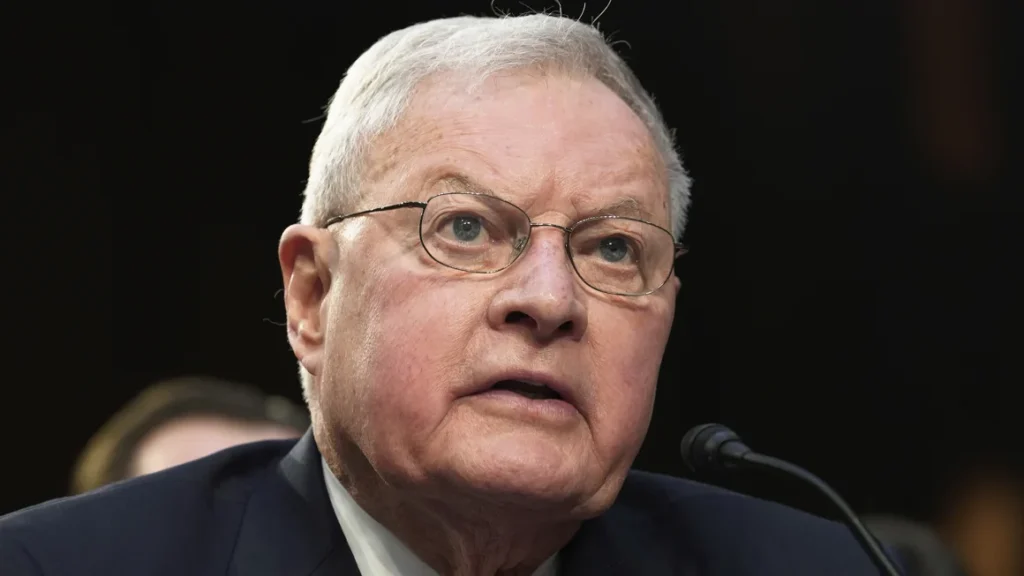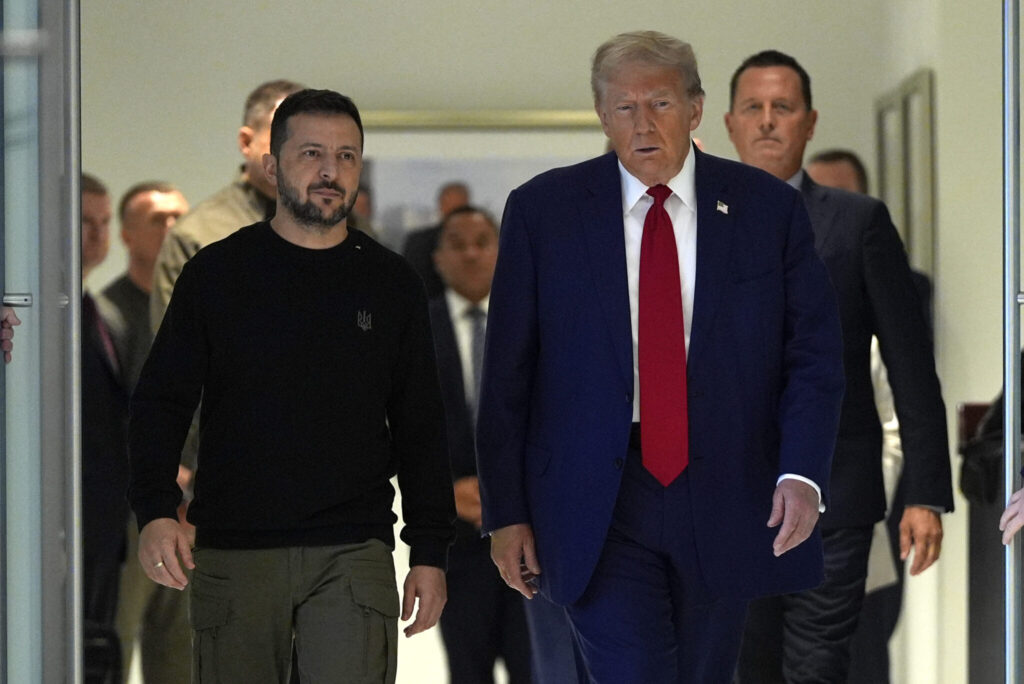Trump Ukraine envoy/ Keith Kellogg peace plan/ Ukraine war ceasefire/ U.S. foreign policy/ Putin diplomacy/ Newslooks/ J. Mansour/ Morning Edition/ President-elect Donald Trump has nominated Keith Kellogg as his envoy for Ukraine and Russia, endorsing a controversial peace plan. Kellogg’s proposal includes a ceasefire, frozen frontlines, and limited sanctions relief for Russia, raising concerns about its feasibility and potential to empower Putin.

Trump’s Ukraine Peace Plan: Quick Looks
- Nominee Named: Trump taps Keith Kellogg as special envoy for Ukraine-Russia peace.
- Proposed Plan: Ceasefire, frozen frontlines, and demilitarized zones to halt conflict.
- Criticisms: Plan may favor Russian advances and strain U.S. alliances.
- NATO Impact: Suggests delaying Ukraine’s NATO membership indefinitely for a deal.
- Western Unity at Risk: Critics warn it could undermine values and empower Putin.
Trump’s Ukraine Peace Plan Sparks Controversy and Criticism
Deep Look: Trump’s Ukraine Peace Plan Sparks Global Debate
President-elect Donald Trump’s selection of Keith Kellogg as special envoy for Ukraine and Russia signals a bold and controversial strategy to address the protracted war. Kellogg, Trump’s former national security advisor, has laid out a peace plan that promises to halt the violence but raises significant concerns about empowering Russia and undermining Western unity.
The Plan: Ceasefire and Negotiations
Kellogg’s approach, detailed earlier this year, hinges on a ceasefire that freezes the current frontlines and forces Ukraine and Russia to negotiate. Key components include:
- Frozen Frontlines: Establishing a demilitarized zone between combatants.
- Sanctions Relief: Limited easing of sanctions on Russia for compliance, with full relief tied to a final peace agreement.
- Delayed NATO Membership: Halting Ukraine’s NATO ambitions indefinitely in exchange for security guarantees.
- U.S. Aid Conditions: Future U.S. military aid contingent on Ukraine’s commitment to diplomacy.
Kellogg suggests the United States must step back from prolonged involvement in the war to focus on other strategic priorities, such as potential conflicts with China over Taiwan.
Challenges for Ukraine
While the plan promises an end to violence, its implications for Ukraine are stark:
- Loss of Leverage: A frozen frontline solidifies Russia’s territorial gains, forcing Ukraine to rely on diplomacy to reclaim occupied regions.
- Russian Advantage: Critics warn that Moscow could exploit the ceasefire to regroup militarily while continuing territorial advances covertly.
- Humanitarian Concerns: Western fatigue in supplying arms and aid could leave Ukraine vulnerable to future Russian aggression.
Kellogg acknowledges that a breakthrough in reclaiming Ukrainian territory diplomatically is unlikely as long as Vladimir Putin remains in power.
A Shift in U.S. Values?
Kellogg’s proposal reflects a significant departure from the Biden administration’s focus on defending democracy and Western values. He criticizes Biden’s “liberal internationalist” approach, arguing that U.S. interests in Ukraine do not warrant prolonged involvement. This shift raises questions about the U.S. commitment to countering authoritarian regimes and maintaining global alliances.
Risks of the Plan
The plan faces skepticism from analysts and allies alike:
- Exploitation by Putin: Freezing frontlines could precipitate intense Russian offensives before a ceasefire is implemented. Moscow’s history of disregarding agreements adds to concerns.
- Logistical Hurdles: Establishing and policing a demilitarized zone across hundreds of miles would require significant international resources.
- Weakening Western Unity: Critics fear the plan signals fatigue, undermining the collective resolve of NATO and other allies.
Leif-Eric Easley, an international relations expert, warns, “This approach risks signaling to Russia that Western unity is faltering, giving Putin a window to push his goals both militarily and diplomatically.”
Broader Implications
The proposal acknowledges the limitations of U.S. military production, noting that Ukraine consumes artillery rounds faster than they can be replenished. This stark reality underscores the challenges of sustaining long-term support for Ukraine without jeopardizing other strategic priorities.
Conclusion: A Bleak Compromise
Kellogg’s plan represents a pragmatic yet deeply controversial approach to a complex conflict. While it offers a path to negotiations, it risks emboldening Putin, destabilizing Western alliances, and leaving Ukraine in a precarious position.
The proposal underscores the difficulty of balancing U.S. strategic interests with the values of democracy and sovereignty that have defined Western support for Ukraine since the war began. Whether this approach will secure peace or open the door to further instability remains uncertain.








You must Register or Login to post a comment.